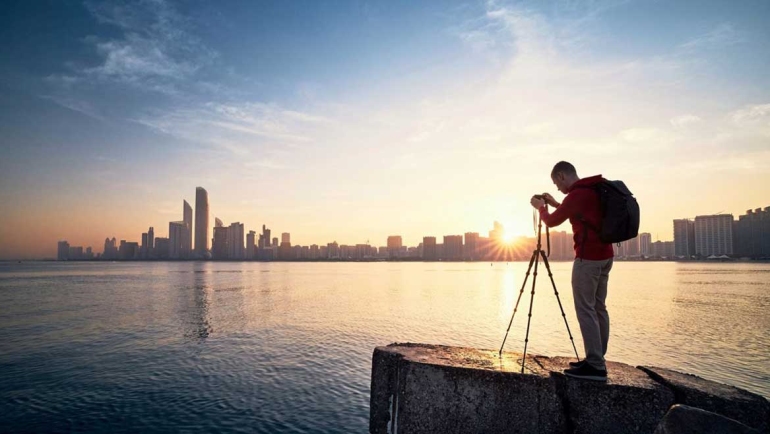1134Views 0Comments

Uncovering the Tribals of Dubai: The Incredible Evolution
The origins of Dubai go all the way back to the early Minoan era. Dubai’s current location was formerly a huge mangrove swamp. That swamp had dried out in 3000 BCE. The first known settlers in the region are thought to have been cattle herders from the Bronze Age.
They had built up a thriving date palm plantation by 2500 BCE, which was the first time the location had been successfully utilized for agriculture. They spend few centuries in peaceful farming. The region that is today known as Jumeirah, which is home to lovely coastal eateries, was formerly a caravan station on the trade route connecting Oman, which is now Iraq.
The Bani Yas Tribe
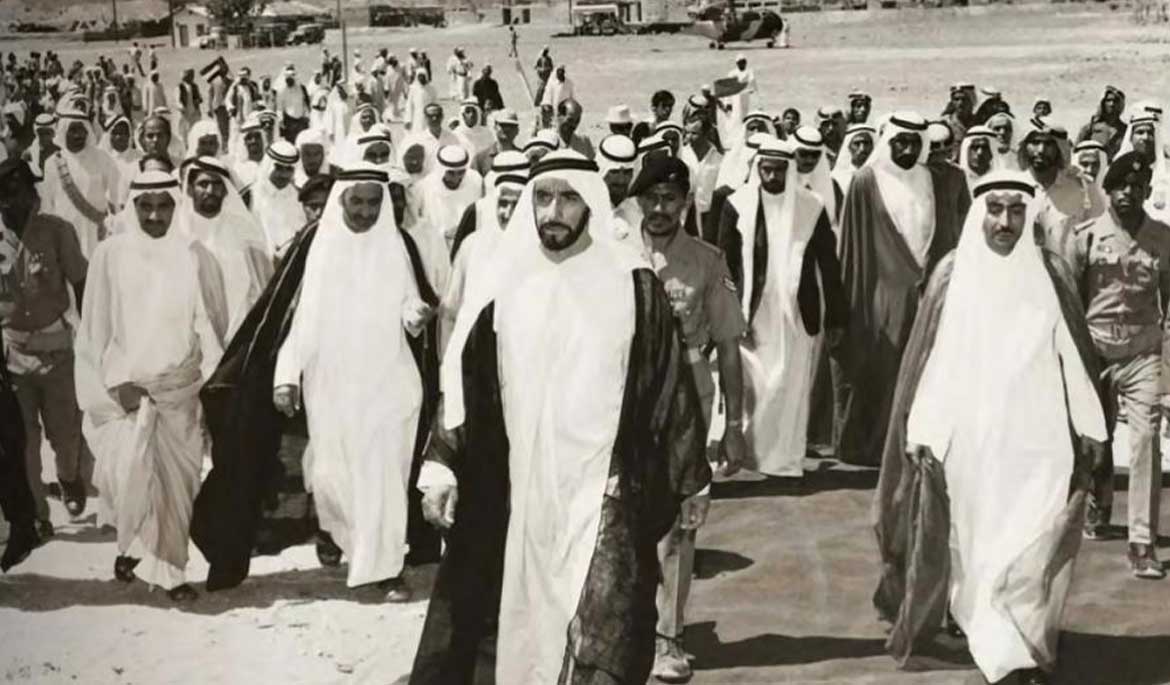
As per the records, Dubai first appeared in 1905. The people’s livelihood at the time was dependent on boat building, fishing, and pearl. The trading routes gained fame and eventually attracted the attention of the Portuguese and Europeans.
The Bani Yas tribe, led by Al Makoutum, constructed a settlement next to the creek after their independence from Abu Dhabi.
The Bani Yas tribe began to thrive in Dubai in 1973, and as a result, they were able to control Dubai’s political landscape. A handful of his tribesmen including Maktoum Bin Butti, chief of the Bani Yas tribe, relocated to the Shindagha Peninsula. This decision had a profound impact on Dubai’s history. The dynasty that Maktoum Bin Butti established to govern all of Dubai is still in power. Abu Dhabi, the capital of the United Arab Emirates, continues to enjoy a strong position.
The Walled city
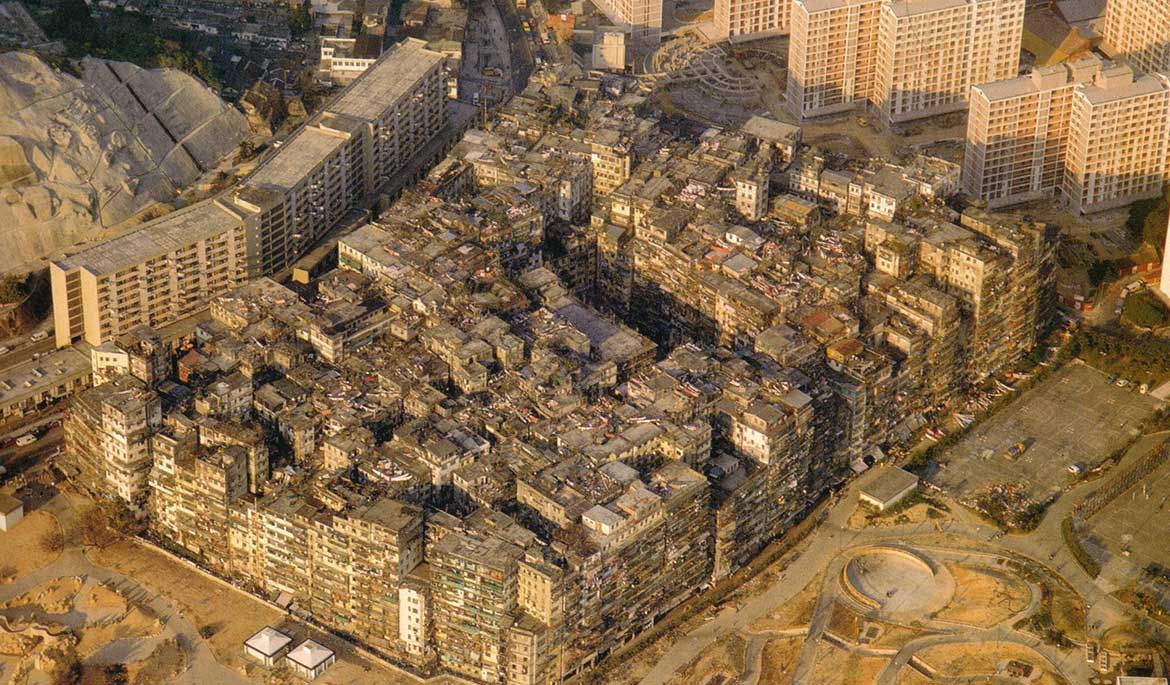
Dubai was a walled city in the early 1800s, according to facts. Around the same time when Dubai became dependent, construction began on the AI Fahidi Fort. From AI Fahidi Historical Neighborhood to AI Fahidi Fort, the wall on the Bur Dubai side ended at the Old Souk.
But in 1820, Britain reached a maritime settlement with regional leaders, ensuring that trade routes would remain open and business could flourish. With this, regular communication with nations all over the world started, turning Dubai into a hub of important activity.
Flourish in Import and export
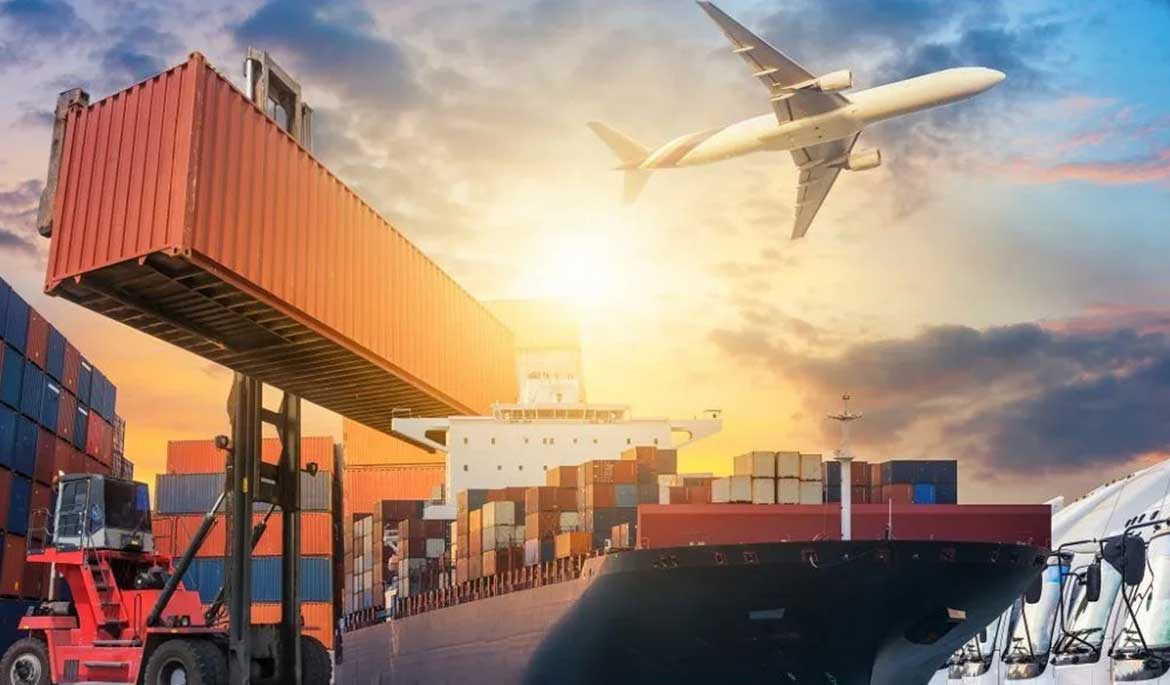
Under the leadership of AI Maktoum, Dubai started to prosper significantly. Trading in the region received another boost in 1894 when new laws exempted foreigners from paying taxes. Due to this, the city experienced a massive influx of international expatriates.
Tradesmen from Pakistan and India arrived in Dubai to take advantage of the favorable business climate. Although this was a rather prosperous time in Dubai’s history. It continued to be entirely dependent on fishing, trading, and pearl diving. In addition, the 1950s Japanese invention of fake pearls revealed the economy’s weakness in the area. The financial crisis, nevertheless, was short-lived. However, in 1966 everything came under control and the situation started getting normal.
Present Dubai
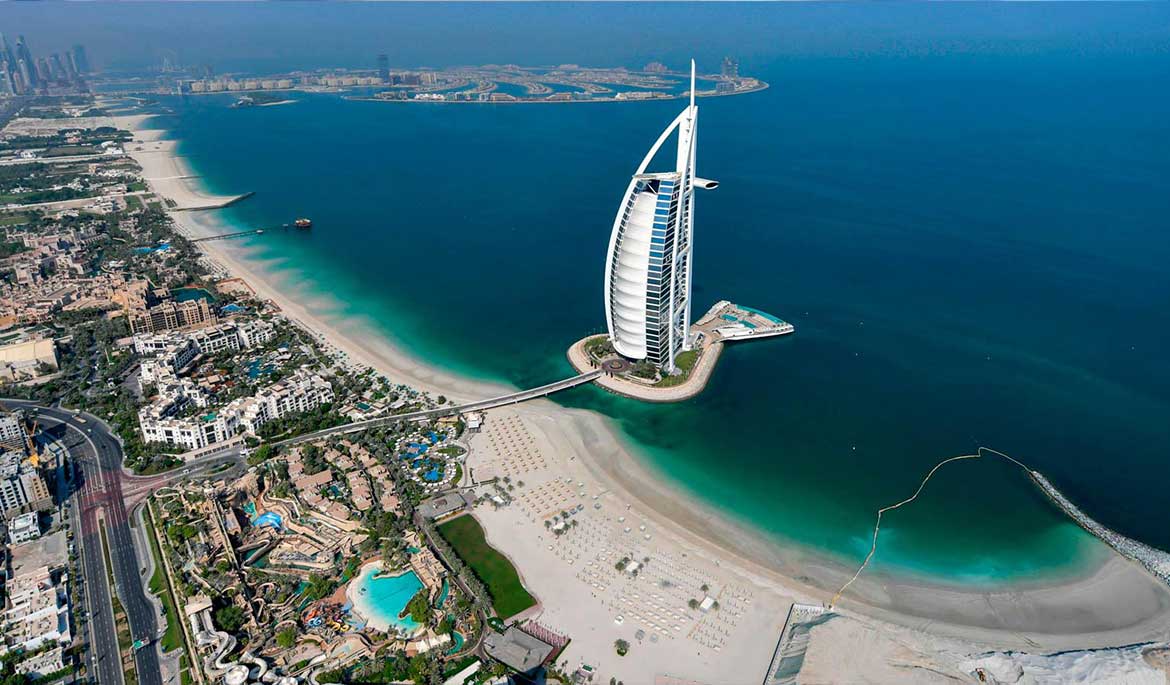
Early years
It is evident that Sheikh Mohammed bin Rashid Al Maktoum’s ancestors shared their foresight because they established a village in what is now Dubai Creek in 1833.
Although the discovery of oil brought a turning point in the emirate’s wealth, Sheikh Rashid was proactive in using the new income to advance Dubai’s economy because he was concerned about its sustainability.
To open a travel route between Dubai and the rest of the globe, he constructed Jebel Ali Port in 1979 and the Jebel Ali Free Zone surrounding it in 1985.
Dubai attracted a million visitors annually within ten years, and by 2016, Dubai International Airport had overtaken all other airports in terms of traffic.
Growth begins
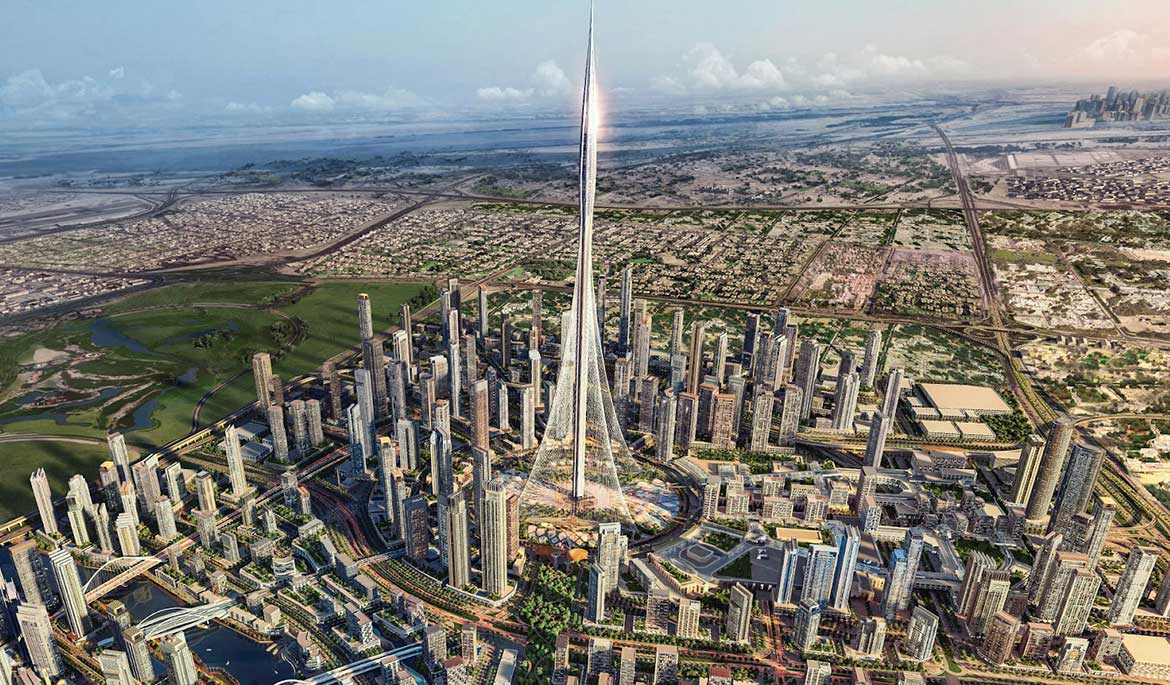
Dubai attracted a million visitors annually within ten years, and by 2016, Dubai International Airport had overtaken all other airports in terms of traffic.
Sheikh Mohammed Bin Rashid Al Maktoum, who ruled at the start of the twenty-first century, when the growth began, is accountable for Dubai’s boom as a megacity. This caused a significant increase in the social, economic, and cultural environment, converting Dubai from the wealthy Arab land it was previously into the metropolitan powerhouse it is now.
Skyscrapers have replaced Bedouin villages, and Dubai as an Emirate has gone a long way.
Advancements in the history of Dubai
- 1971- Dubai international airport
- 1979- Jebel Ali Airport
- 1985- Emirates airlines
- 1996- Held world cup first time
- 1999- Burj-Al-Arab
- 2002- introduction of the internet
- 2003- Burj Khalifa project began
- 2010- Burj Khalifa completed
Dubai- one of the few cities in the world to see overnight development. According to Dubai’s history, it evolved from a region known for pearling to a cosmopolitan city with the best amenities and ultramodern architecture. The city’s best feature is that it will continue to expand.

